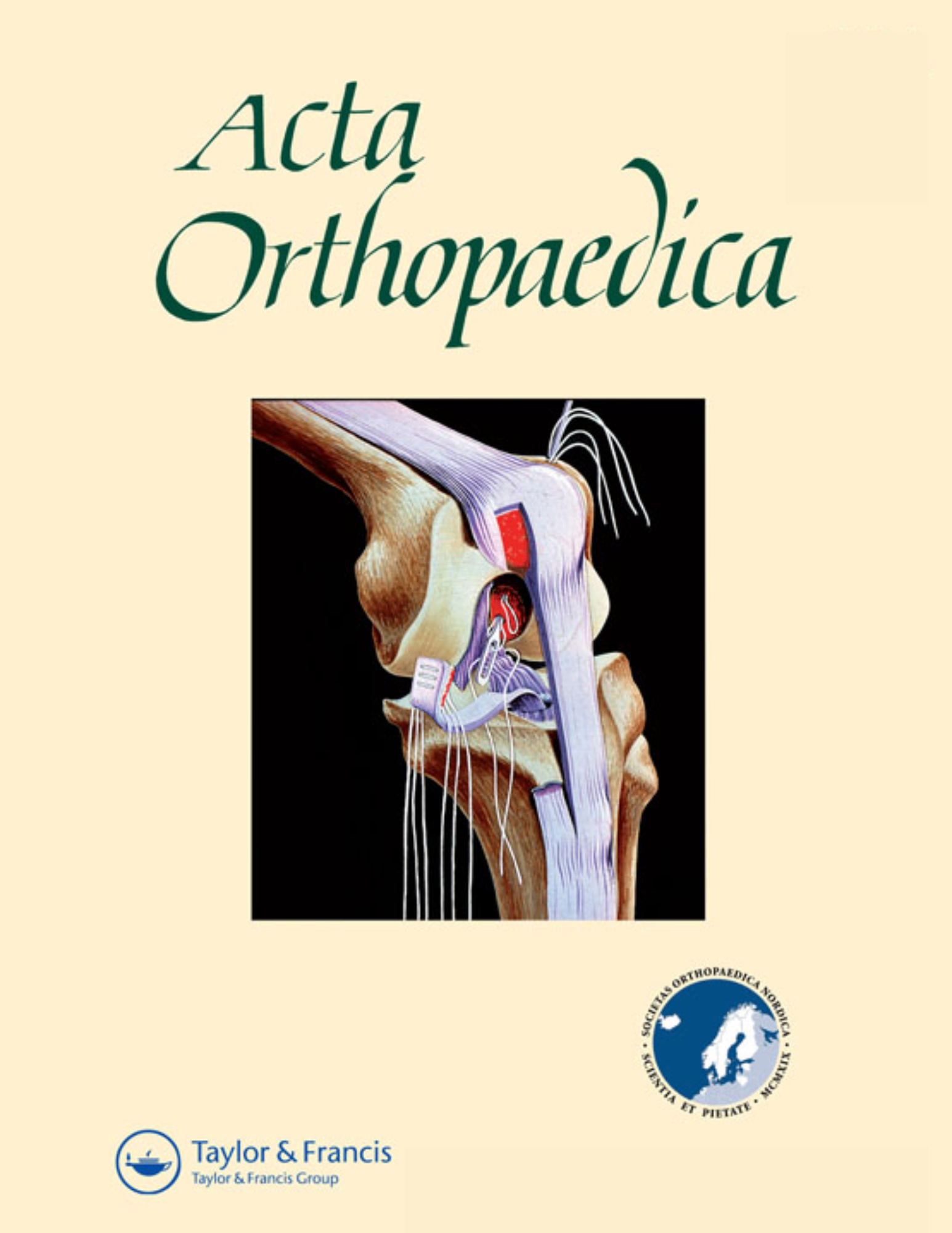
TKA: No benefit of spray-application PRP for wound healing, pain, and function

TKA: No benefit of spray-application PRP for wound healing, pain, and function
No positive effect of autologous platelet gel after total knee arthroplasty
Acta Orthop. 2009 Oct;80(5):557-62. doi: 10.3109/17453670903350081Synopsis
102 patients scheduled for total knee arthroplasty due to osteoarthritis of the knee were randomized to determine the efficacy of autologous blood platelet concentrate on wound healing following surgery. Patients were allocated to receive a spray application of platelet-rich plasma (PRP) to the wound site prior to closure or to a control group receiving no PRP application. Follow-up was conducted for up to 3 months post-operatively for outcomes of wound healing, pain, and function. Wound healing at 2 weeks was found to be significantly better in the control group, with a higher proportion of control patients achieving total closure. Patients who received PRP also displayed no benefits in regards to pain and function.
Was the allocation sequence adequately generated?
Was allocation adequately concealed?
Blinding Treatment Providers: Was knowledge of the allocated interventions adequately prevented?
Blinding Outcome Assessors: Was knowledge of the allocated interventions adequately prevented?
Blinding Patients: Was knowledge of the allocated interventions adequately prevented?
Was loss to follow-up (missing outcome data) infrequent?
Are reports of the study free of suggestion of selective outcome reporting?
Were outcomes objective, patient-important and assessed in a manner to limit bias (ie. duplicate assessors, Independent assessors)?
Was the sample size sufficiently large to assure a balance of prognosis and sufficiently large number of outcome events?
Was investigator expertise/experience with both treatment and control techniques likely the same (ie.were criteria for surgeon participation/expertise provided)?
Yes = 1
Uncertain = 0.5
Not Relevant = 0
No = 0
The Reporting Criteria Assessment evaluates the transparency with which authors report the methodological and trial characteristics of the trial within the publication. The assessment is divided into five categories which are presented below.
3/4
Randomization
3/4
Outcome Measurements
2/4
Inclusion / Exclusion
4/4
Therapy Description
4/4
Statistics
Detsky AS, Naylor CD, O'Rourke K, McGeer AJ, L'Abbé KA. J Clin Epidemiol. 1992;45:255-65
The Fragility Index is a tool that aids in the interpretation of significant findings, providing a measure of strength for a result. The Fragility Index represents the number of consecutive events that need to be added to a dichotomous outcome to make the finding no longer significant. A small number represents a weaker finding and a large number represents a stronger finding.
Why was this study needed now?
Accelerated wound healing following total knee arthroplasty (TKA) is beneficial, allowing for the possibility of greater functional outcomes. Accordingly, there has been recent interest in researching methods to enhance healing following surgery, which has brought popularity to platelet concentrates and related products. The high concentration of growth factors sourced from platelets has been reported to enhance tissue repair and bone formation in a number of interventions. However, high quality clinical investigations to demonstrate efficacy of autologous blood platelet concentrate in TKA are still required.
What was the principal research question?
In adult patients undergoing TKA, what is the effect of autologous blood platelet concentrate on wound healing, knee function, and analgesic requirement at 3 month follow-up?
What were the important findings?
- Wound closure during hospitalization did not significantly differ between the two groups (POD3: P=0.5, 95%CI 7% (-11% to 25%); POD4: P=0.4, 95%CI 9% (-30% to 10%)).
- By two weeks post-operatively, the number of patients with total wound closure was significantly greater in the control group (16/46) compared to the PRP group (4/36) (P=0.02, 95%CI -24% (-41% to 7%)).
- Pain reduction at 6 weeks approached significance favoring the control group (At rest: P=0.08; During walking: P=0.07). However, difference in pain between groups diminished at 3-month follow-up (At rest: P=0.8; During walking: P=0.9).
- Frequency of pain medication use was similar between groups at both 6-week (P=0.9) and 3-month (P=0.1) follow-up evaluations.
- Functional outcomes did not significantly differ between groups: ROM evaluation (In hospital (POD 2-4): P=0.7; 3 months: P=0.9), and WOMAC score (6 weeks: P=0.7; 3 months: P=0.4).
What should I remember most?
Spray application of platelet-rich plasma for total knee arthroplasty was not associated with any benefit in wound healing. Additionally, there was no beneficial effect of platelet-rich plasma treatment on pain, analgesia or functional outcome over 3-months.
How will this affect the care of my patients?
The findings of this study do not support the use of spray-applied autologous blood platelet concentrate in total knee arthroplasty due to the lack of efficacy in improving wound healing, pain, and function compared to control. Since there was significant loss of power to detect differences between groups as a result of the integration of two hospitals into one and the subsequent loss of data, results of this research should be considered only as indicative rather than conclusive.
Learn about our AI Driven
High Impact Search Feature
Our AI driven High Impact metric calculates the impact an article will have by considering both the publishing journal and the content of the article itself. Built using the latest advances in natural language processing, OE High Impact predicts an article’s future number of citations better than impact factor alone.
Continue



 LOGIN
LOGIN

Join the Conversation
Please Login or Join to leave comments.